
Impending net-zero targets as well as an ongoing labour shortage and skills gap make it more imperative than ever to address gender disparity across the trades. When it comes to trade sectors, such as heating, electricity, and plumbing, women represent an untapped talent pool. Embracing equity to make these career paths more palatable to women is an excellent way to attract female workers to the industries. Training women in the latest techniques and technologies will go a long way to addressing the labour and skills shortfall and helping the nation to meet net-zero targets. It also presents new financial opportunities that may have been previously overlooked.
Quick Links
- Women in the Trades Sector
- Problems Arising from Few Women in the Trades
- Barriers to Women’s Entry into the Trades
- How Can the Trades Embrace Equity?
- Further Information
Women in the Trades Sector

The Office for National Statistics (ONS) found that only 1% of tradespeople working in the UK construction sector were female[1]. Furthermore, a report by Rated People on 2022 home improvement trends revealed that across fourteen key trades, women made up less than 10% of the workforce. Carpentry and joinery exhibited the greatest gender disparity with women accounting for less than 1% of professionals, while fewer than 2% of electricians, plumbers, and metal workers are women.[2] Additionally, a separate study by Energy Systems Catapult, in association with Livework, discovered that, of those working in the heating industry, just 2% are female.[3]
Read Rated People’s Report: Home Improvement Trends Report 2022
Read Energy System Catapult’s Study: Increasing diversity in the heating sector to address the skills shortage and meet Net Zero
Problems Arising from Few Women in the Trades

As in all industries, a lack of diversity leads to stagnation, squandered opportunities, and missed targets. Years of white male dominance within trade industries have closed companies off from financial opportunities that female tradespeople bring; prevented innovation through new perspectives; and led to labour and skills shortages.
Labour & Skills Shortage

Failing to attract women to the heating sector is of particular concern because the industry is experiencing a labour shortage. Its ageing workforce is continually contracting as more professionals retire and the industry fails to attract enough new entrants to make up the shortfall. An ageing workforce is also resulting in a skills gap. The present crop of heating professionals is ill-equipped to advise on and install low-carbon systems such as heat pumps. Currently, there are only 2000 heat pump installers and there is an estimated need for approximately 50 000 – 100 000 if the domestic heating sector is to meet 2050 net-zero targets. In addition to upskilling the existing workforce, attracting new engineers trained in installing low-carbon heating systems is critical to bridging both the skills and labour gap. Making the heating sector more accessible to women provides an obvious solution to the talent shortage.[4]
Overlooked Customers

Female tradespeople may be preferred amongst certain demographics:
- Religious households
- Female customers who feel safer/more comfortable around tradeswomen
- Male customers who may feel shamed by a tradesman for not being able to fix the issue themselves[5]
Surveys conducted by WaterSafe and Rated People also uncovered a preference for female tradespeople:
- WaterSafe found that 31% of those surveyed would prefer a female plumber with most of these people (37%) citing that they would feel safer[6]
- Rated People’s survey revealed that 46% of people would definitely hire a tradeswoman and that 29% of women would feel safer hiring a female tradesperson[7]
Furthermore, using annual Google search volume data for the UK between January and December 2021, Rated People uncovered that there is a demand for female tradespeople.
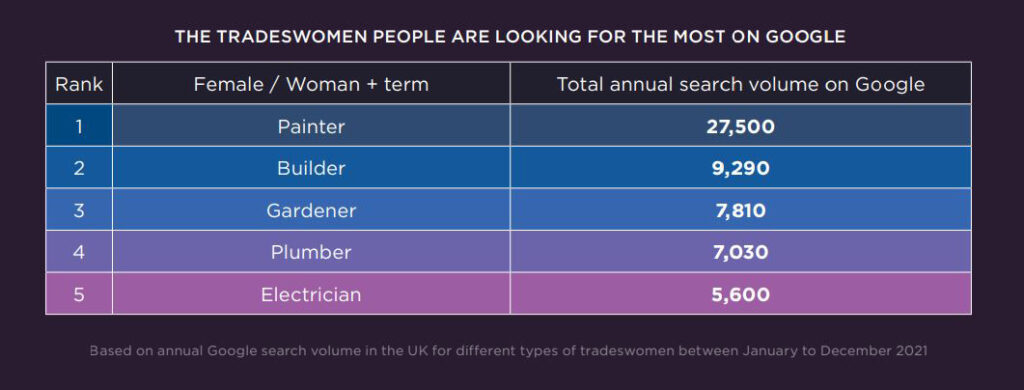
This data indicates that tradeswomen could provide access to customers and revenue previously inaccessible to all-male companies.
Sector Stagnation

Saturation of any industry by one demographic inevitably curtails the perspectives available within that sector. This leads to a limited understanding of customers' lives, situations, and cultural backgrounds, potentially creating a barrier to good rapport or resulting in a loss of custom. It can also prevent the introduction of new skills and innovative working practices.[8] As Dr Viven Kixilcec, co-author of the Energy Systems Catapult report, explains
“By employing a more diverse workforce, organisations can gain knowledge and extra skills that can help them reach new customers and offer additional services, as well as drive down implicit bias. Increasing the diversity of the workforce will therefore be crucial in the transition towards low carbon heating.”[9]
Barriers to Women’s Entry into the Trades

The disparity between women and men working in the trades is the result of a variety of factors, most notably stereotyping, social bias, a sexist culture, lack of flexible training, and poor financial support.
Stereotyping & Social Bias
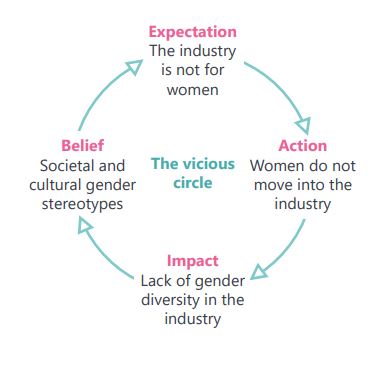
Sadly, obstacles to women entering the trades arise as early as primary school. Local Heroes found that 44% of children thought that working as a tradesperson was a “male job”.[10] This bias seems to be endemic throughout the education system as one tradeswoman and industry expert told Energy System Catapult:
“When in school it’s clear you’re not an academic, boys get sent into trades and girls get sent into beauty.”[11]
Unfortunately, biases also creep into recruitment. Despite insisting that they do not consider gender when recruiting, many SMEs tend to hire white men citing that it is “easier” because they “know what they get” with a white tradesman. Social biases such as a lack of transparency during recruitment processes also make it difficult for women or those without connections in the trades to enter the industry. For instance, recruiting by advertising positions through Facebook groups or via word-of-mouth favours white men as this demographic is most likely to be engaged with these industry-specific groups and/or have primary or secondary connections within the trade sectors.[12]
The negative impacts of stereotyping aren’t just felt in recruitment. Rated People found over a third of tradeswomen felt customers hadn’t taken them seriously because of their gender, while 9% had been refused a job because they're a woman.[13]
Sexist Culture
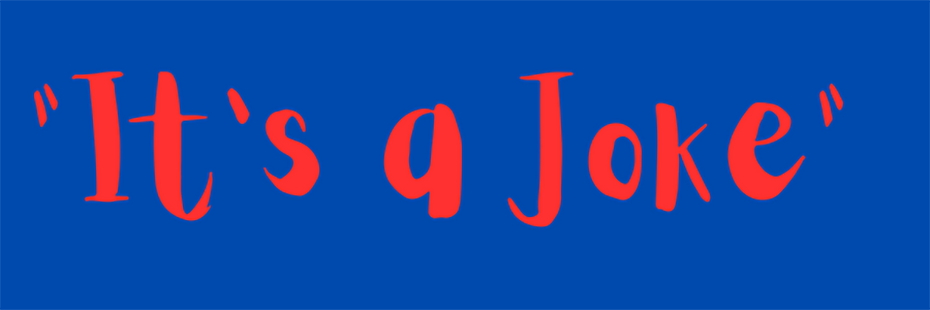
Energy System Catapult’s study suggests that navigating sexist and racist "banter" is often seen as par for the course within the trades industries. It highlights that tradeswomen often experience both verbal and physical harassment, noting how one female bricklayer once had “tools put up her shorts”. A study referenced in the paper found that 55% of women in construction have experienced sexual discrimination while 56% have been harassed.[14] Data uncovered by Rated People also found that personal safety was a major concern for one in seven tradeswomen.[15] A female industry professional reported to Energy System Catapult that:
“Not a week goes by without us hearing another story of a tradeswoman getting harassed.”[16]
The prevalence of a sexist culture also means that women feel they must prove themselves constantly. As one female industry expert explains:
“You have to work a long time for people to be convinced that you know what you’re doing. It’s hard to put your finger on stuff. People being surprised that you know what you’re doing.”[17]
Even this can be fraught as some tradeswomen have reported male colleagues deliberately sabotaging their work to undermine them. For instance, an interviewee for Energy System Catapult’s report shared an example of when a male colleague deliberately swapped the pipes she had installed so that when the water was switched on everything got wet. [18]
Lack of Flexible Training & Financial Support
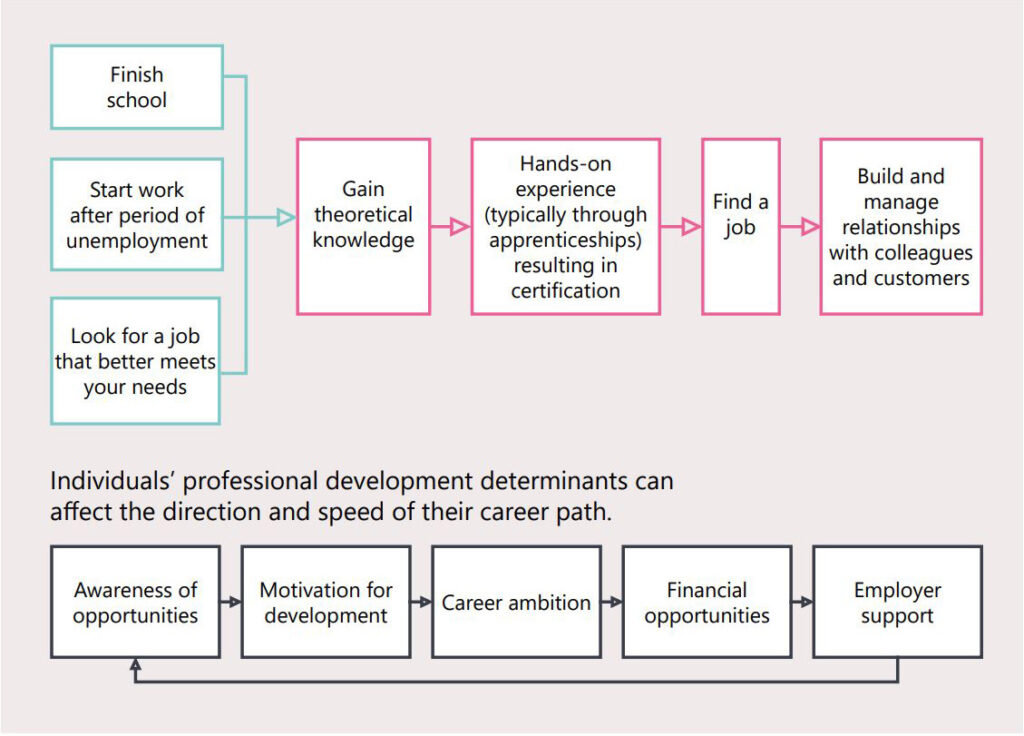
Rigid training structures that aren't delivered locally and don't accommodate a variety of personal circumstances deter women from entering the trades. For example, all individuals wishing to become low-carbon heating installers must follow the same training pathway regardless of prior experience, career aspirations, and life circumstances. This can be particularly off-putting for women contemplating a career change, as they may need to rely on their current income to sustain them throughout their learning. Consequently, women could dismiss entering the heating industry altogether. For similar reasons, expensive courses combined with poor awareness of funding opportunities also discourage women from pursuing a career in the trades.[19] As one female tradesperson told Energy System Catapult:
“If I did not have a husband who could support me financially, I would not have been able to do it [train as a tradesperson]. This will not be a possibility for single moms.”[20]
How Can the Trades Embrace Equity?

Despite barriers to entry, Rated People found that one in three women would consider working in the trades and revealed, using data from Access Training, that in 2021 the number of women enrolling on trade and construction courses was up by a quarter on the previous year. By percentage of course admissions amongst female learners, the most popular training program was plumbing (41%), followed by electrical courses (25%), and gas courses (14%).[21] This is encouraging. However, as fewer than 10% of people working in the trades are female, evidently, more work needs to be done to make the industry both appealing and accessible to women. Embracing equity to give women the resources, opportunities, and support they need to succeed, while also routing out poisonous stereotypes and misogynistic culture, is essential to ensuring more women can and want to join the trades. As a conclusion to their report, Energy System Catapult offers the following next steps.
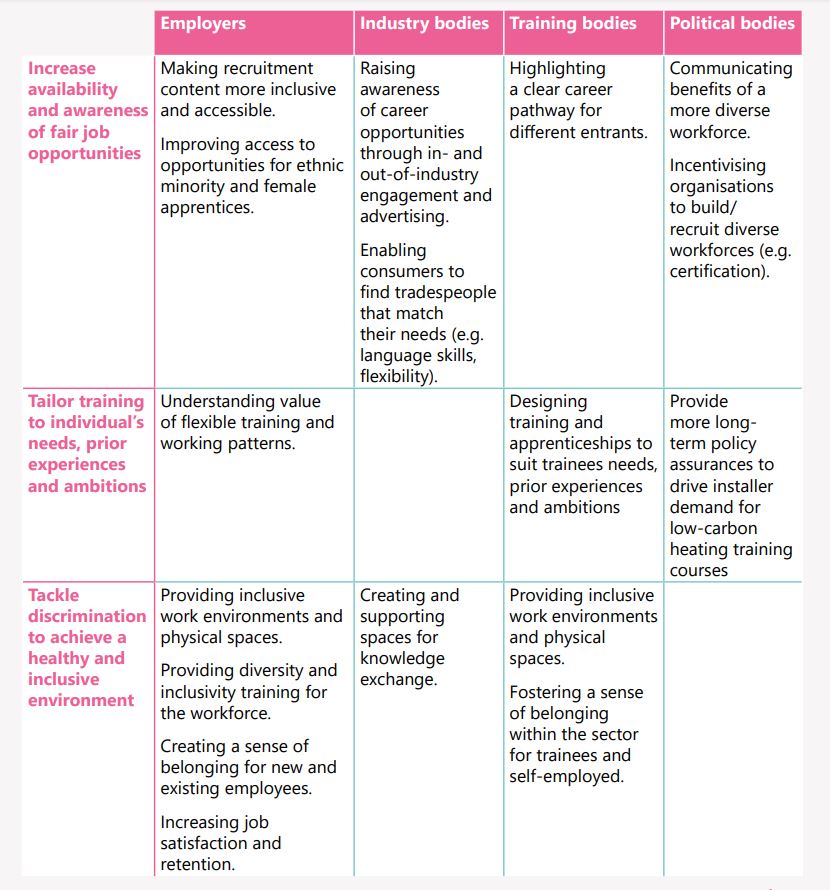
Dispel Stereotypes & Address Social Biases
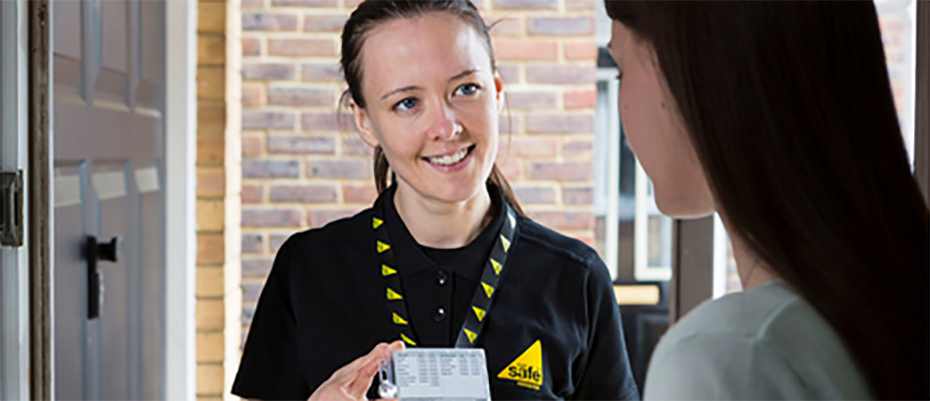
Unfortunately, as gender stereotyping seems to begin early, it is important that children, students, and the wider public are exposed to images of tradeswomen. This will encourage people to think of a career in the trades as a path open to both boys AND girls. Imagery should be carried through into recruitment content and efforts made to ensure fair job opportunities reach a wider demographic. The benefits of a diverse workforce, both in regards to innovation and accessing new revenue sources, should be stressed to employers and businesses must be motivated to address both their actual and unconscious biases. Energy System Catapult suggests offering government incentives to recruit diverse staff.[22]
Eradicate Sexist Culture
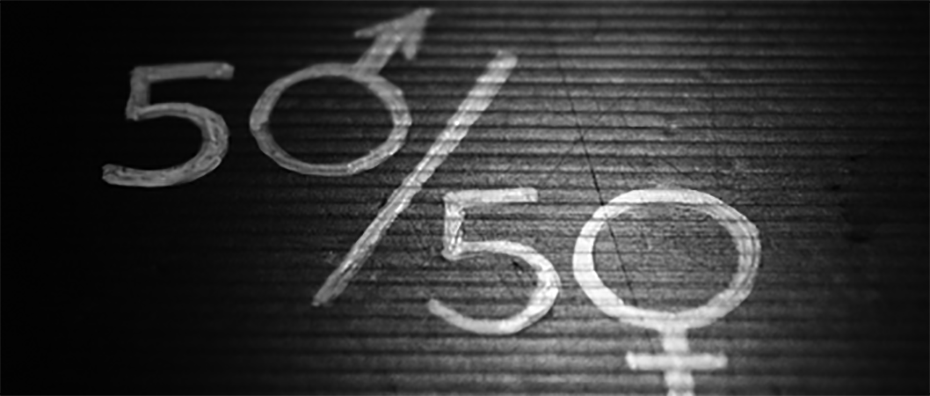
A complete overhaul of workplace culture is required as it is vital that women feel safe at work without fear of verbal or physical harassment. Making it known that racist and sexist “banter” is unacceptable may go some way to achieving this; it could also serve as a way of tackling sexual discrimination which is crucial to ensuring parity between the sexes. For instance, silencing this banter could help to dispel the unfounded and damaging myth prevalent amongst both tradespeople and customers that women’s work is of a lesser standard than men’s work. In fact, Rated People’s 2022 report found that 38% of homeowners who hired a tradeswoman would rate their work as 5/5. Comparatively only 30% of homeowners who hired a tradesman would rate their work as 5/5. Furthermore, when the parameters were expanded, 75% of homeowners rated their tradeswoman’s work as 4 or 5 out of 5 while only 57% of homeowners would award the same rating to a tradesman.[23]
Creating inclusive, supportive workspaces and training facilities accommodating women (for example, with female-only toilets and changing facilities) would also play a significant role in creating a community in which women feel they are welcome, valued, and can thrive.
Provide Funding & Flexible Training Opportunities

Ensuring women are aware of and have access to critical funding is essential to attracting female trainees. As is revising training and apprenticeship programs to accommodate women’s life circumstances, career aspirations, and prior experience. Steps to achieve this may include:
- Promoting funding opportunities
- Providing flexible training programs
- Designing varied training and apprenticeships pathways to better suit the needs of women
- Delivering training locally
Further Information
As a leading UK supplier of test equipment, at PASS Ltd we offer a variety of meters, tools, and thermal cameras specifically for tradespeople working in the electrical, plumbing, gas, and construction sectors. Please browse our test/measurement equipment, thermal cameras, and tools online. If you require further information regarding any of our products, please don’t hesitate to contact our Sales team on 01642 931 329 or via our online form.
Browse Our Extensive Range of Products
We are also proud to deliver a range of electrical, high voltage, thermal, ultrasound, and pressure courses, available in various locations across the UK. Please visit our training website to view our complete prospectus. For more details, please contact our Training team on 01642 987 978 or via our online training form.
Footnotes
[1] Tiya Thomas-Alexander, ‘Percentage of women in skilled trades shows little change in a decade’, Construction News, last accessed 08 March 2023.
[2] Rated People, Home Improvement Trends Report 2022, p. 30-32, last accessed 08 March 2023.
[3] Vivien Kizilcec & Danica Caiger-Smith, Increasing diversity in the heating sector to address the skills shortage and meet Net Zero, Energy Systems Catapult & Livework, p.3, last accessed 08 March 2023.
[4]Kizilcec & Caiger-Smith, Increasing diversity in the heating sector to address the skills shortage and meet Net Zero, p.3.
[5] Kizilcec & Caiger-Smith, Increasing diversity in the heating sector to address the skills shortage and meet Net Zero, p.6.
[6] Kizilcec & Caiger-Smith, Increasing diversity in the heating sector to address the skills shortage and meet Net Zero, p.7.
[7] Rated People, Home Improvement Trends Report 2022, p.38.
[8] Kizilcec & Caiger-Smith, Increasing diversity in the heating sector to address the skills shortage and meet Net Zero, p.6.
[9] HVP, More Women and Ethnic Minorities Needed to Reach Net-Zero, Report Says, last accessed 08 March 2023.
[10] The Week, Why more women are becoming tradespeople, last accessed 08 March 2023.
[11] Kizilcec & Caiger-Smith, Increasing diversity in the heating sector to address the skills shortage and meet Net Zero, p.8.
[12] Kizilcec & Caiger-Smith, Increasing diversity in the heating sector to address the skills shortage and meet Net Zero, p.9.
[13] Rated People, Home Improvement Trends Report 2022, p.34.
[14] Kizilcec & Caiger-Smith, Increasing diversity in the heating sector to address the skills shortage and meet Net Zero, p.13.
[15] Rated People, Home Improvement Trends Report 2022, p.34.
[16] Kizilcec & Caiger-Smith, Increasing diversity in the heating sector to address the skills shortage and meet Net Zero, p.13.
[17] Kizilcec & Caiger-Smith, Increasing diversity in the heating sector to address the skills shortage and meet Net Zero, p.15.
[18] Kizilcec & Caiger-Smith, Increasing diversity in the heating sector to address the skills shortage and meet Net Zero, p.13.
[19] Kizilcec & Caiger-Smith, Increasing diversity in the heating sector to address the skills shortage and meet Net Zero, p.10-12.
[20] Kizilcec & Caiger-Smith, Increasing diversity in the heating sector to address the skills shortage and meet Net Zero, p.11.
[21] Rated People, Home Improvement Trends Report 2022, p.40.
[22] Kizilcec & Caiger-Smith, Increasing diversity in the heating sector to address the skills shortage and meet Net Zero, p.16-17.
[23] Rated People, Home Improvement Trends Report 2022, p.39.


